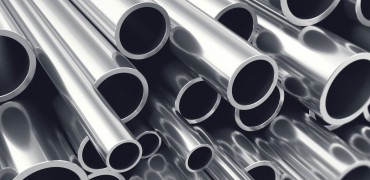Ever since the industry started talking about R32 refrigerant, I’ve had engineers on my training courses wondering if this meant the added expenditure of new equipment to cope with the new R32 equipment.
If we are honest, the industry itself wasn’t as clear as it could have been at first. We know that R32 is a mildly inflammable and operates at higher pressures than R410A, so is new equipment an absolute requirement?
All air conditioning engineers will already be operating under F-Gas procedures so will naturally be following best practice which equally applies to R32.
Installation for R32 systems is similar to R410A units and there are already a wide range of tools and equipment that are applicable to both systems.
The installation of pipework is identical for both refrigerants so flaring tools, vacuum pumps, scales and other fixing tools can also be used for both installations.
Contractors can use many of the same installation tools as are currently used for R410A
You will, of course, need to ensure that any equipment you use includes an R32 compliant recovery unit, an R32 specific vacuum pump, a torque wrench set to the manufacturer’s recommendations on your flare joints and for pipework, stick to material that is R410A rated, as this also suitable for R32.
However, equipment manufacturers have been aware of this so many tools have been R32 compatible for several years. Start off for example by checking current equipment for the extra R32 indication on the gauge dial.
In terms of transportation, the ‘mildly flammable’ R32 is no different to moving others such as Propane or Isobutane and professionally qualified engineers are used to carrying flammables in their vans already so general good practice applies here as well. Reclaim cylinders though will have to be suitably classified for use with R32.
In conclusion to the question: Do I need to replace my tools? The short answer is No, contractors can use many of the same installation tools as are currently used for R410A.
There are a couple of changes needed but if you currently use modern, up-to-date equipment, this is highly likely to be suitable.
Always worth talking directly to your wholesaler, supplier, or even the manufacturer first though to get advice to make sure you get the equipment that suits both you and your business.
Ben Bartle-Ross is a Technical Trainer at Mitsubishi Electric and also writes this column for ACR Journal magazine.
If you have any questions about this article or want to know more, please email us. We will contact the author and will get back to you as soon as we can.



